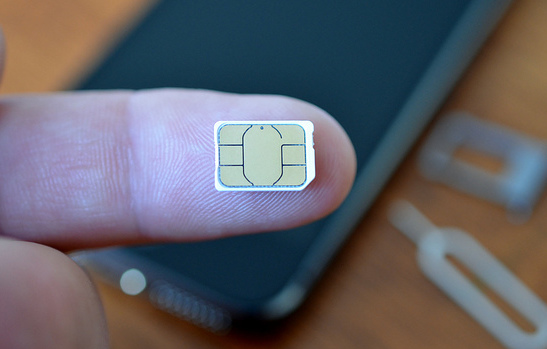Complicated smartphone terminology fills ads and news stories about new devices, implying that we all should know what megahertzpixelbytesensorcoprocessors are, or whatever. Here’s a look at some of today’s most commonly used phone spec jargon.
Gigabyte (GB): A gigabyte is 1,000,000 bytes, which are individual units of information. GB is used to measure both memory and RAM.
Memory: A phone’s long-term information storage capacity, measured in GB. This is where your photos, contacts, songs, and app data are stored, along with the operating system and apps. Phones are commonly available with 16, 32, or 64 GB of memory.
Operating System (OS): The software structure of a phone or computer, sometimes referred to as firmware because it is not as permanent as hardware. Google’s Android and Apple’s iOS are the most common operating systems; Blackberry and Microsoft also make their own proprietary systems. The OS determines how you navigate your phone and which apps you can use.
RAM: An acronym for random-access memory, RAM is a device’s short-term memory, where it stores programs and data it is currently using. With more RAM, a device can run apps or programs that require more power and run more of them at the same time.
ROM: Android users often have the choice of which version of the Android operating system to use, and these versions are called ROMs. ROM technically stands for Read-Only Memory and has other uses, like CD-ROM. See our article on switching from iPhone to Android for more.
SIM Card: Almost everywhere outside of the United States, cell phone users buy a small plastic chip, known as a SIM card, that is tied to their phone number and a wireless carrier. To change numbers or get a number in a new country, you just pop out the SIM card and put in a new one. Most US mobile carriers do not use SIM cards, and only a few phone models in the United States will take a SIM card. SIM cards come in several sizes; the iPhone 5s is compatible with (but does not need) a nano-SIM.
3G/4G: If analog phones made up the first generation of wireless technology, digital phones constituted the second. The third generation, 3G, is a loosely defined bit of smartphone terminology referring to service with higher speeds and better data capabilities. Devices categorized as 4G offer even faster capability and high-speed broadband Internet.
Is there other smartphone terminology you’re wondering about? Post questions in the comments below.
Image courtesy of Flickr
[cf]skyword_tracking_tag[/cf]

